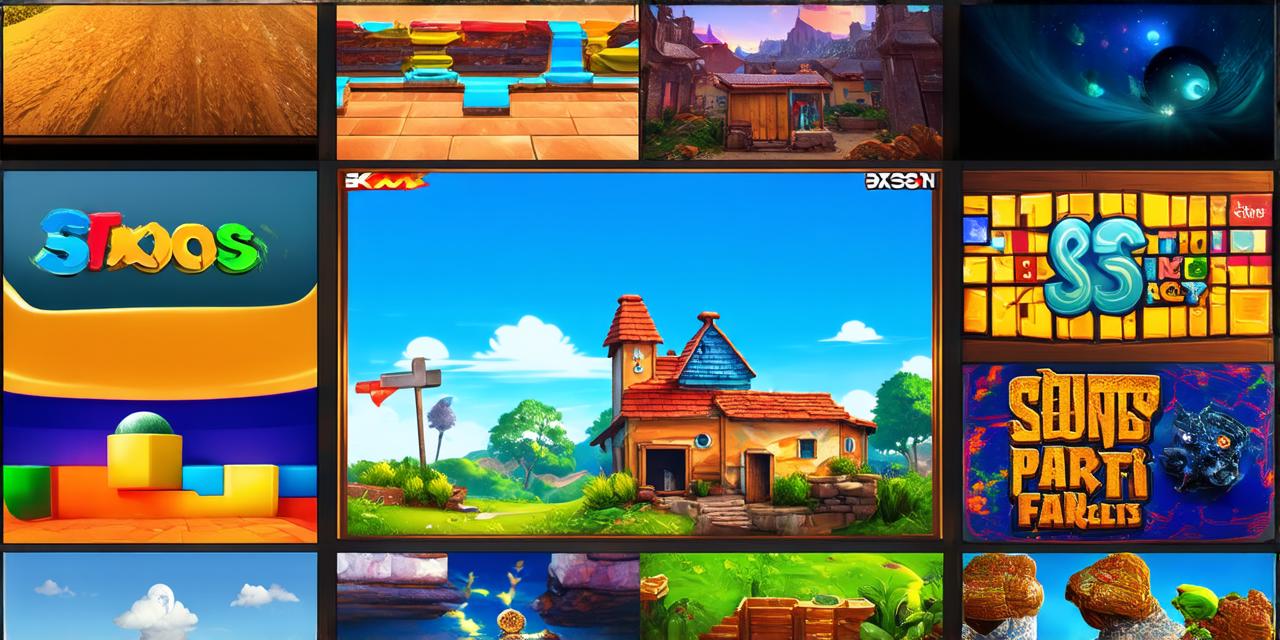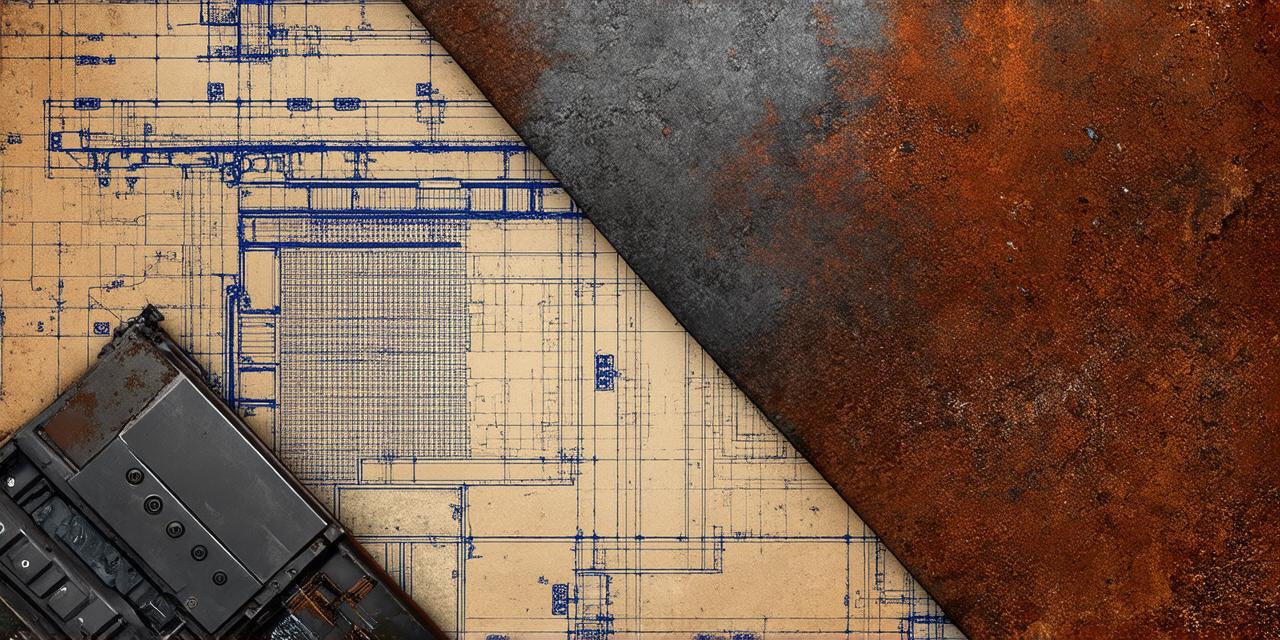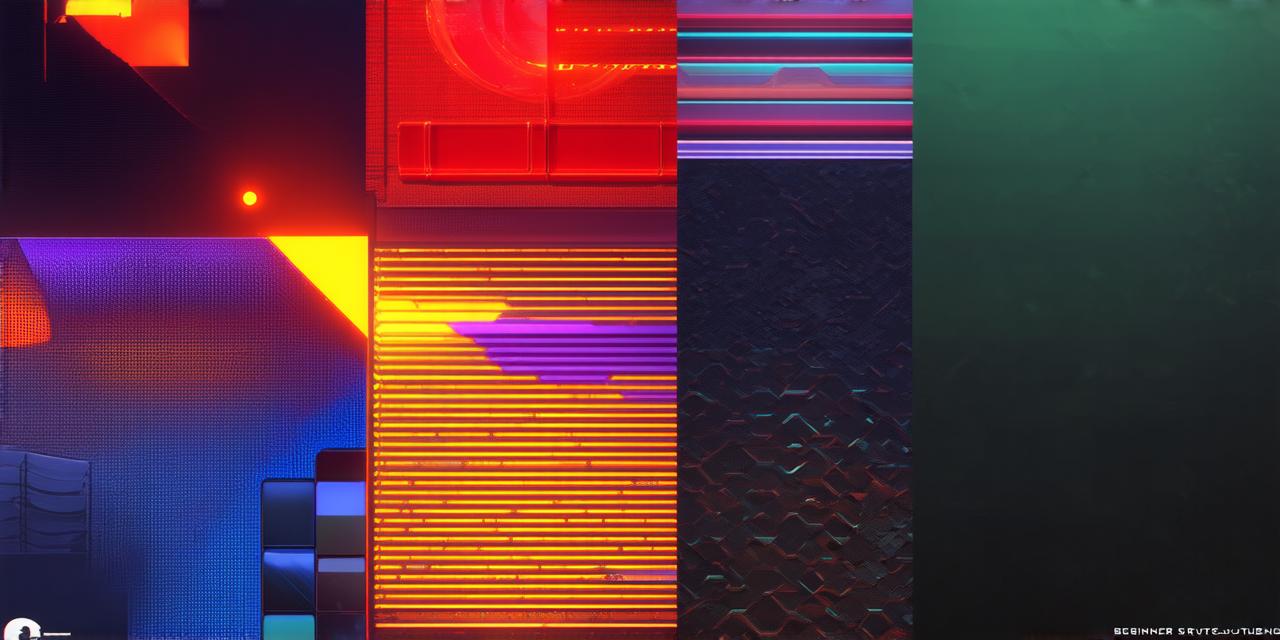Learn Unity game development with this tutorial
Corrected HTML code:
Are you tired of using the same old game development tools and techniques? Want to take your gaming experience to the next level? Then it’s time to learn Unity game development.
Unity is one of the most popular game engines used by developers around the world. It offers a wide range of features that make it easy for beginners and experts alike to create stunning games. In this tutorial, we will explore some of the key features of Unity and show you how to use them to create your own games.
First, let’s start with the basics. What is Unity? Simply put, Unity is a game engine that allows you to create 2D and 3D games for various platforms such as Windows, Mac, iOS, Android, and more. It uses C scripting language and supports both MonoDevelop and Visual Studio IDEs.
Now, let’s dive into some of the key features of Unity:
-
Scene Builder
Unity’s Scene Builder is a powerful tool that allows you to create 3D scenes and objects. It includes a wide range of assets such as characters, vehicles, buildings, and more. You can also import your own 3D models or use external tools like Blender to create custom objects.
-
Physics Engine
Unity’s Physics Engine is one of the most advanced in the industry. It allows you to create realistic physics simulations for your games, including collisions, rigidbodies, and constraints. You can also use Unity’s built-in tools to tweak the physics settings and create unique effects.
-
Animation System
Unity’s Animation System is a powerful tool that allows you to create realistic animations for your characters and objects. It includes a wide range of animation tools such as keyframes, curves, and blendspaces. You can also use Unity’s built-in tools to create custom animations or import animations from external tools like Maya or Blender.
-
Multiplayer Support
Unity supports multiplayer development out-of-the-box. It includes a wide range of networking features such as photon and unity networking. You can also use Unity’s built-in tools to create custom multiplayer games or integrate with external multiplayer services like Steam.
-
Performance Optimization
Unity includes a wide range of performance optimization features such as LOD (Level of Detail) systems, occlusion culling, and instancing. These features allow you to optimize your game’s performance and run smoothly on low-end hardware.
Now that we have covered some of the key features of Unity, let’s look at how you can use them to create your own games:
-
Step 1: Create a New Project
The first step in creating a new game is to create a new project in Unity. You can do this by going to File > New > Project or by using the Unity Hub launcher. Once you have created a new project, you can start exploring Unity’s features and begin building your game.
-
Step 2: Create a Scene
The next step is to create a scene in Unity. You can do this by going to Window > Scene or by using the Scene Builder tool. Once you have created a scene, you can start adding objects and creating 3D models using the Scene Builder or importing your own models from external tools like Blender.
-
Step 3: Add Physics
Once you have created a scene, you can start adding physics to it. You can do this by selecting an object in the scene hierarchy and going to Physics > Rigidbody or by using Unity’s built-in tools to create custom physics settings.
-
Step 4: Create Animations
Now that you have added physics to your scene, you can start creating animations for your characters and objects. You can do this by selecting an object in the scene hierarchy and going to Animation or by using Unity’s built-in tools to create custom animations.
-
Step 5: Add Multiplayer Support
If you want to create a multiplayer game, you can start adding multiplayer support to your game. You can do this by using Unity’s networking features such as photon or unity networking or by integrating with external multiplayer services like Steam.


